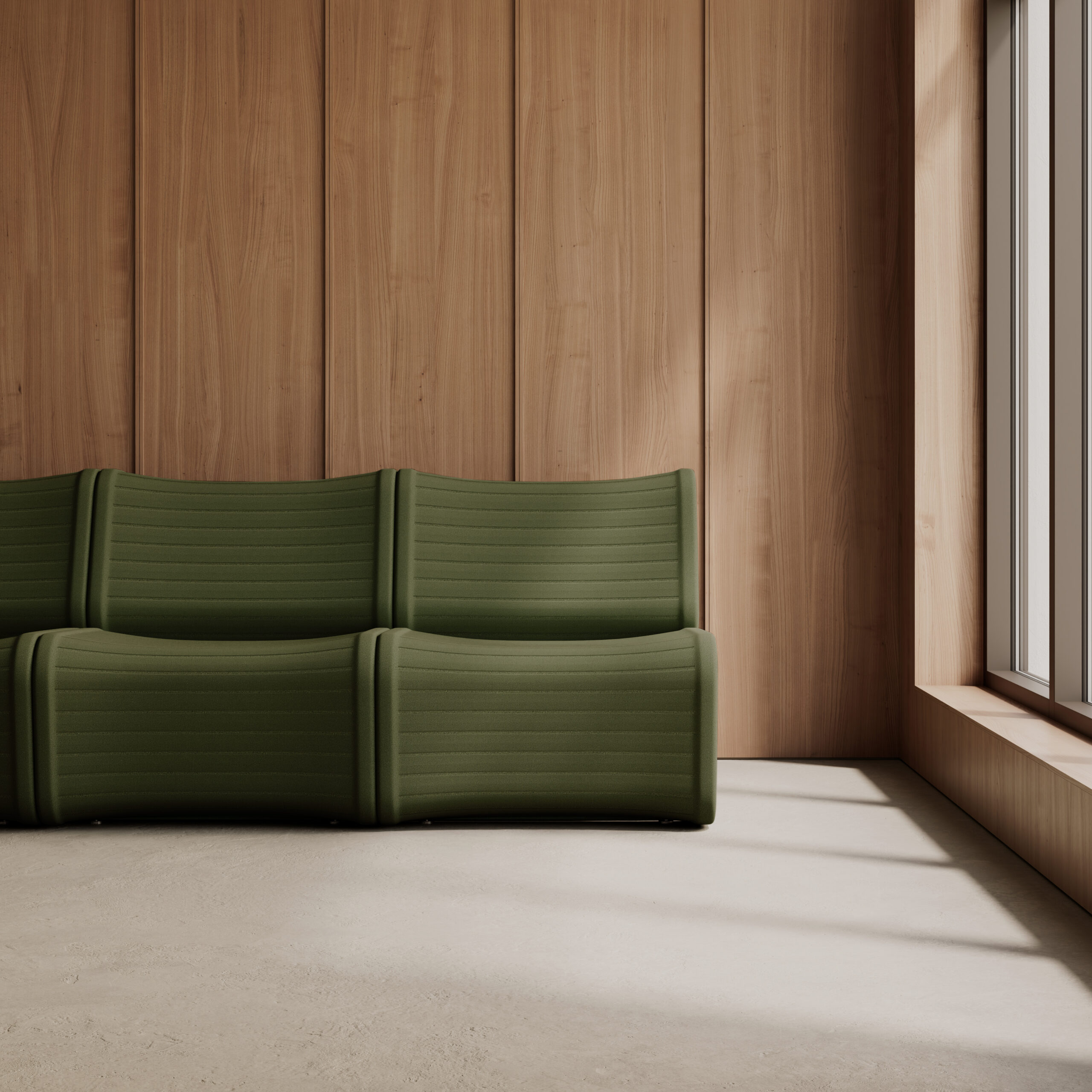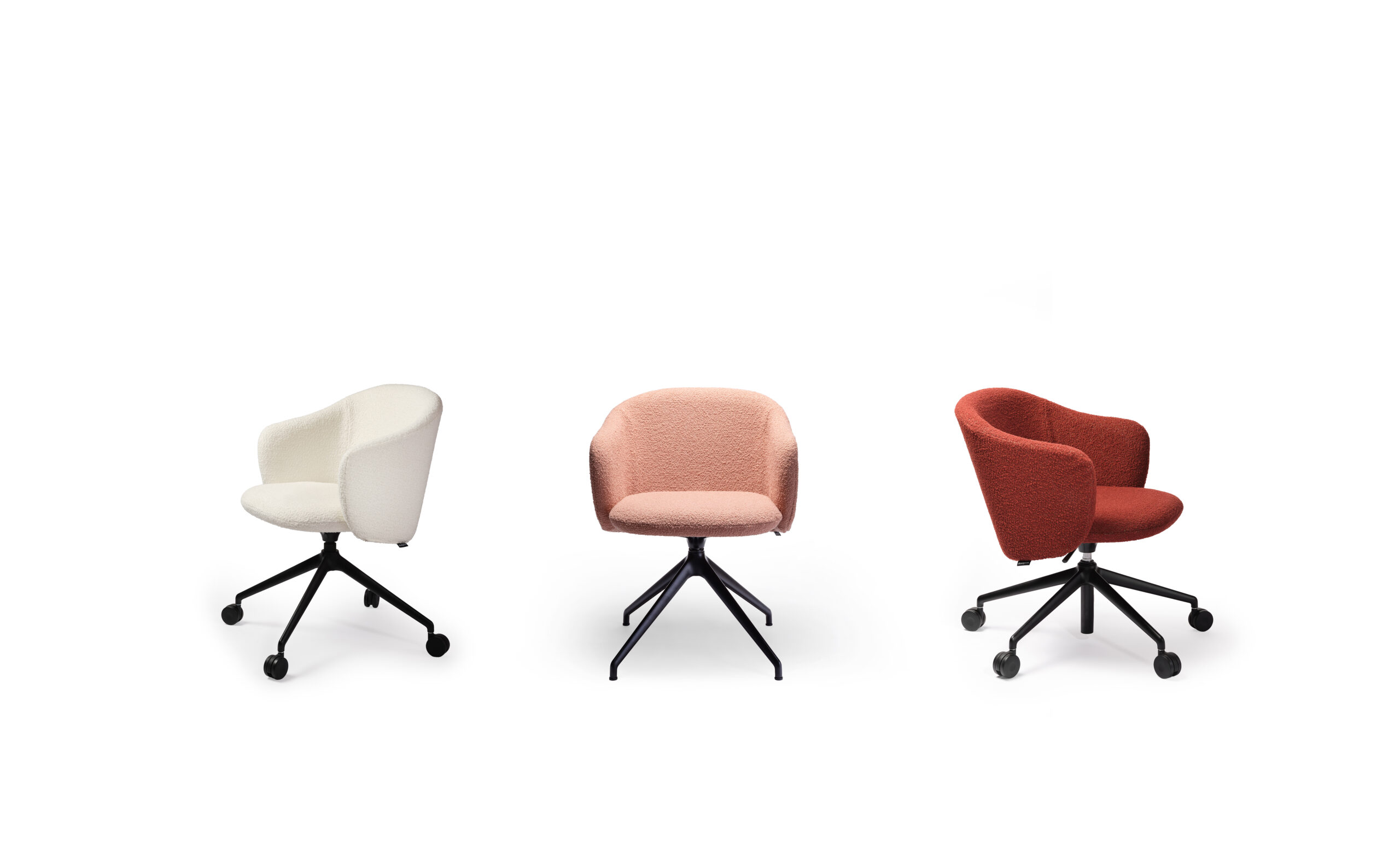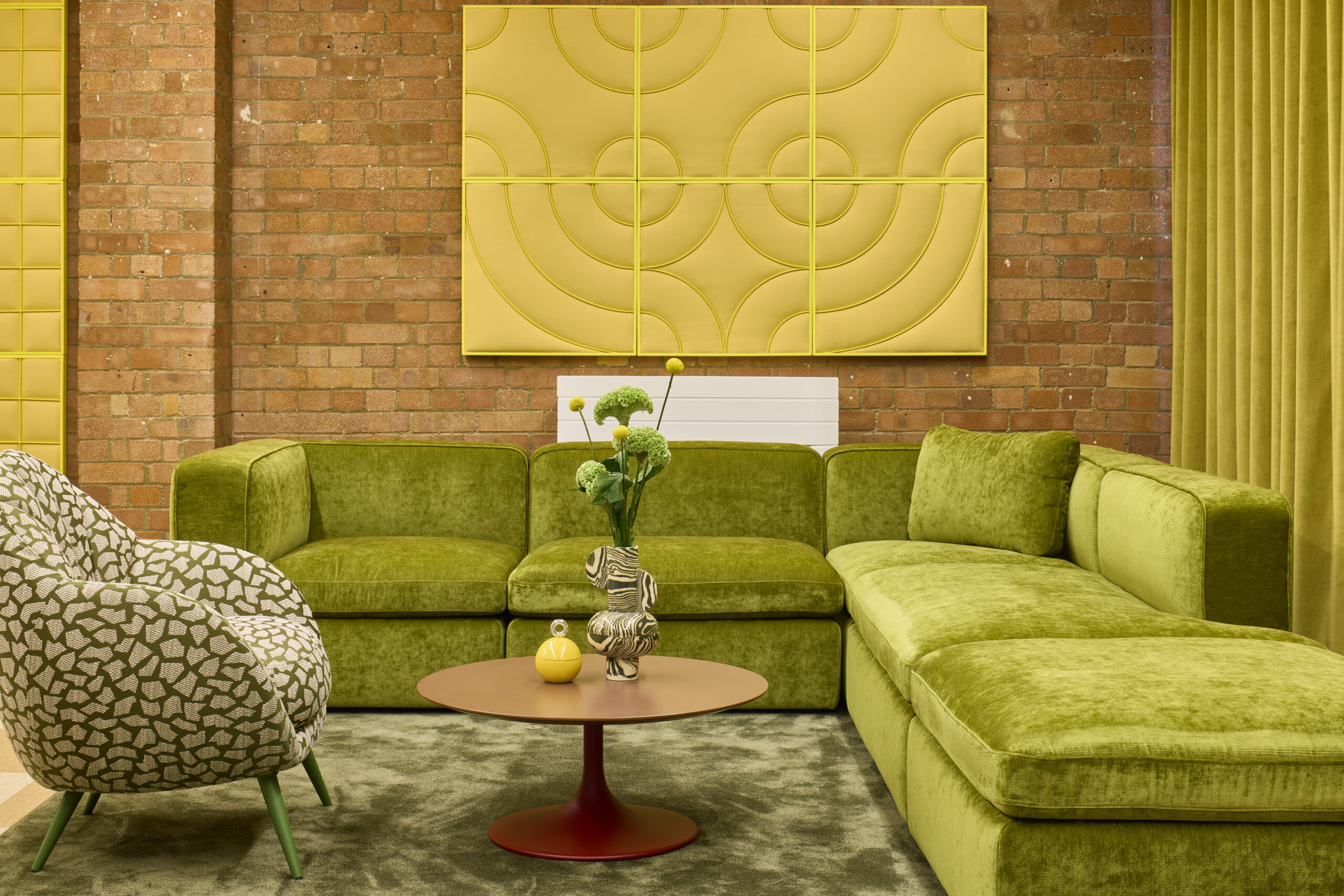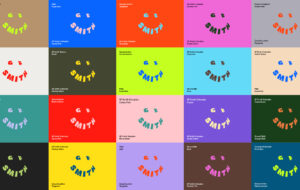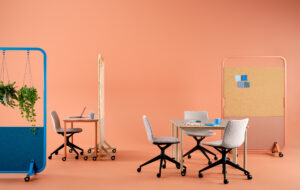 Original skylights flood the reception and social space with natural light|The ground-floor hall, a multi-purpose space for lectures or socialising|IMd’s “playground”, a first-floor level linked by bridges and staircases|The opaque plastic used for walls suit the building’s industrial heritage|Spaces are unified by flashes of yellow – perfect for construction engineers|The former steelworks has retained its hangar-like appearance||
Original skylights flood the reception and social space with natural light|The ground-floor hall, a multi-purpose space for lectures or socialising|IMd’s “playground”, a first-floor level linked by bridges and staircases|The opaque plastic used for walls suit the building’s industrial heritage|Spaces are unified by flashes of yellow – perfect for construction engineers|The former steelworks has retained its hangar-like appearance||
“We have known each other for a very long time and worked on many projects together,” says Joost Ector, partner at Ector Hoogstad, about his latest client, Rotterdam engineering firm IMd. So it must have felt a little like business as usual when IMd asked the practice to design its new office. In a way it was almost the repaying a favour – the engineers had acted as consultants for Ector Hoogstad’s own office revamp, and, impressed with the results, it asked the architects to work similar magic for its new headquarters.
On first inspection the derelict former steelworks appeared to be a pretty unremarkable brick pile, in an equally unremarkable place. Located on Piekstraat, a small peninsula in the river, it’s in an area that been largely been forgotten. On the surface it might seem an unusual choice for a company keen to put itself on the map, but it was arguably better than the generic office block that IMd had formerly inhabited.
Windowless, the structure hid within its brickwork an elegant steel lattice, with its industrial pulleys and hooks still in place. “Originally, there were no openings in the facade, only these skylights that would not do for daylight,” says Ector. “Also, the building is right next to the river so you have these very interesting views.” To capitalise on the scenery, Ector opened up the building by turning the entrance into double-height glazed portal and inserting large windows into the brickwork. Aside from the odd interior wall and a pile of rubble there wasn’t much going on inside, but the decision to keep the steelwork – the building’s soul – meant the practice had to create a first floor that folded around it. Linked by a combination of bridges, staircases and underpasses, it’s all part of what Ector calls a “playground concept”. He says that “the fun of working there is moving about this space, going up and down and seeing the changing perspective of this steel construction whenever you walk around the building.”
This would have been impossible for a larger company, but with only 40 employees in a 2,014sq m building, IMd had space to play with. With the steelwork dominating the central space, the obvious spot for the offices was along the shorter east and west facades in air-conditioned glass pavilions thereby allowing the central hall to be naturally ventilated. “It would have been impossible to insulate the existing building skin. With this concept there was no need to do that.”
The building’s heart is its ground-floor, hall, which features a multi-purpose space designed for lectures, exhibitions and parties. On the perimeter are private meetings, work areas and storage. More susceptible to changing weather, due to the skylights above and lack of air conditioning, the space was not perfectly suited for conventional offices. “It’s more for entertainment or relaxation or whatever. We could have a little fun with those spaces,” says Ector. Blurring the boundaries between inside and outside the architects plonked picnic tables onto a carpet adorned with grass and yellow flowers. The effect is emboldened by large potted plants dotted about the space (although not quite the tree-sized vegetation Ector hoped for). Dangling above the picnic area and throughout the building are large single light bulbs suspended on yellow cables: more for atmosphere, the bulbs appear as stars in the night sky once the sun goes down, Ector explains.
Yellow is used throughout as a unifying aesthetic. Its industrial connotations chime well with the materials used, which were chosen specifically to not betray the building’s heritage: roughly hewn wood for the stairs, clear glass and opaque plastic sheeting for the walls, which diffuses the sunlight from the skylight. “It has a dreamlike quality, like it’s not really there,” says Ector. “We wanted to use materials that were obviously new-looking, but on the other hand we didn’t want to make a very big contrast in atmosphere.”
Examining the project plans, it is striking how many different types of workspace have been included. Solitary, group, multifunctional and open-plan areas are detailed in the drawings. It’s the design language of an architect who understands the importance of flexibility. “Do you put together the people who do the same job on different projects, or vice versa? This office layout does not dictate either,” says Ector.
The project was a sprint: going from initial sketches to finished product took a year. Although working in the architects’ favour was a good understanding of their client, their ability to quickly find solutions to design problems was negated by red tape. Converting a structure not designed for office work meant protracted negotiations and careful planning, and the subsequent loss of momentum meant that IMd staff shared sections of their new home with the builders for a few weeks. “They had to put up with a little noise, but they survived,” says Ector.




